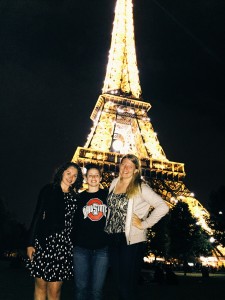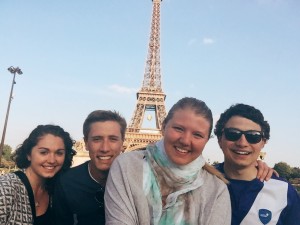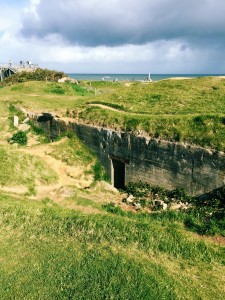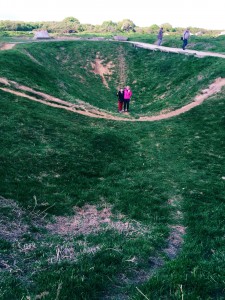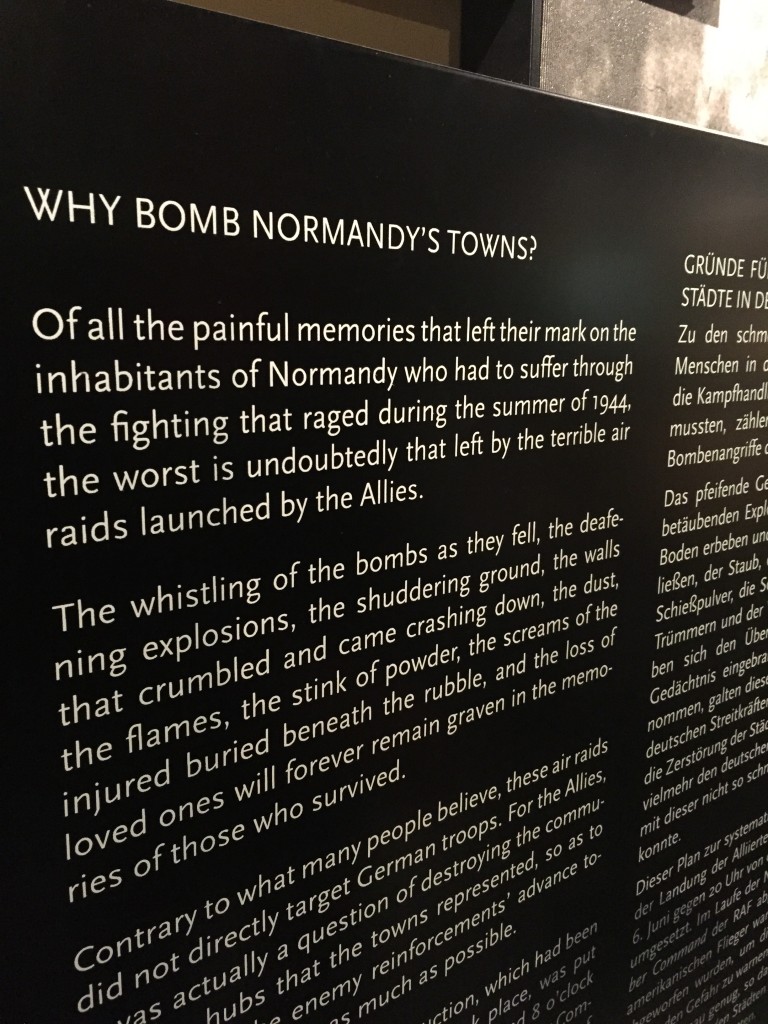To say that I loved being in Berlin is a gross understatement. When I stepped off the plane at Tegel airport, I joked around with Jose that I had come back to my people since all of my ancestry is German. I didn’t realize that I would really connect with this city the way I did during my time here. There’s certainly the possibility that I’ve felt most comfortable in Berlin because of the considerable influence the US had on the rebuilding of Berlin after the war. I’m absolutely positive that there was more to it than that. The people were incredibly friendly and also very encouraging of my rather poor attempts at speaking German. Like everywhere else we’ve been, the food was excellent (how many döners did we eat?). I truly fell in love with the feel and atmosphere in the city. It’s also the most difficult vibe to describe out of all of the cities we’ve been to. Whatever the reason, Berlin and I clicked.
 You’d think that after a semester of taking classes where I learned about various aspects of World War II and nearly three weeks of actually visiting the sites where the war took place I would have most of my questions about the war answered. Berlin has raised some very interesting questions for me, and I doubt that I will ever actually find a good answer to most of them. The questions almost seemed intangible and hard to put into words when I first started to explore Berlin. I was incredibly taken aback by how straightforward the German Historical Museum was in depicting the crimes and wrongdoings of the German nation (not just Hitler and his henchmen) in the lead-up to and during the war. No detail was left out. Without warning, there were pictures of 18 Jewish Poles hanging in a town square as retribution for the death of two German soldiers. Models and pictures of Auschwitz, Chelmno, Majdanek, and other camps lined the walls of the museum to portray the atrocities committed by German people. I saw one quote printed on the wall of the German Resistance Museum that seemed to encompass what almost all WW2 museums in Berlin were trying to convey. In 1933, at the beginning of the Nazi era, Protestant minister Hermann Maas said, “Every German bears responsibility for Germany, no matter who he is or where he stands, in the homeland and abroad, in public and at home. No one can absolve him of this responsibility. He can transfer it to no one.” It seemed to me that the museum embodied this quote. Instead of only vilifying a single group of people (which they should be vilified), the museums portrayed how the entire German nation was at fault.
You’d think that after a semester of taking classes where I learned about various aspects of World War II and nearly three weeks of actually visiting the sites where the war took place I would have most of my questions about the war answered. Berlin has raised some very interesting questions for me, and I doubt that I will ever actually find a good answer to most of them. The questions almost seemed intangible and hard to put into words when I first started to explore Berlin. I was incredibly taken aback by how straightforward the German Historical Museum was in depicting the crimes and wrongdoings of the German nation (not just Hitler and his henchmen) in the lead-up to and during the war. No detail was left out. Without warning, there were pictures of 18 Jewish Poles hanging in a town square as retribution for the death of two German soldiers. Models and pictures of Auschwitz, Chelmno, Majdanek, and other camps lined the walls of the museum to portray the atrocities committed by German people. I saw one quote printed on the wall of the German Resistance Museum that seemed to encompass what almost all WW2 museums in Berlin were trying to convey. In 1933, at the beginning of the Nazi era, Protestant minister Hermann Maas said, “Every German bears responsibility for Germany, no matter who he is or where he stands, in the homeland and abroad, in public and at home. No one can absolve him of this responsibility. He can transfer it to no one.” It seemed to me that the museum embodied this quote. Instead of only vilifying a single group of people (which they should be vilified), the museums portrayed how the entire German nation was at fault.
As I thought on that idea, I started to sense the question forming, but I still wasn’t quite sure what it was. So, I continued to explore Berlin, and everywhere I looked was a reminder of the war. There were memorials tucked away on nearly every street it seemed. Bullet holes still pockmarked buildings that survived the war. Ruins of Kaiser Wilhelm Memorial Church still stand, but half had been destroyed by bombings in 1943. There are constant reminders of the war that make up the foundation of this city. I wholeheartedly believe that the victims of Nazi terror and the war should be memorialized and remembered. The lessons that can be learned from examining this history is critical to future populations. As I’ve gone through each city on this trip I’ve tried my best to put myself into the shoes of the English, the French, and the Germans and see how their perspectives or narratives differ from our own. So, as an American attempting to view the war as a German would I think I can finally begin to phrase the question: to be constantly surrounded be these reminders is it possible to become desensitized to the true meaning and importance? My question can really only ever be answered by those who have grown up in Berlin or Germany as a whole. For me, these reminders have been incredibly powerful because they are not things that I get to see every day. What impact will this constant remembrance have on the generations growing up in Germany today? There are still more thoughts and questions rolling around in my head that I will be sure to be thinking about as I return home (with a short pit-stop in Helsinki first). This trip has been more thought-provoking and rewarding than I could have ever imagined, and I’m so sad these three weeks went by so fast. I could not have asked for a better way to end my time as an undergraduate at Ohio State.
Tschüß,
Megan




